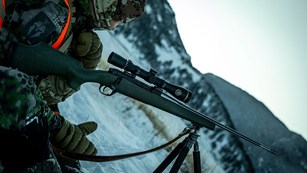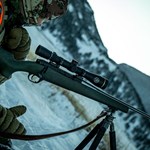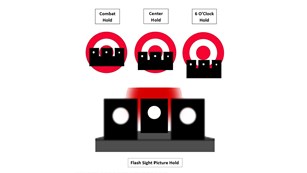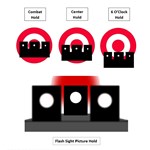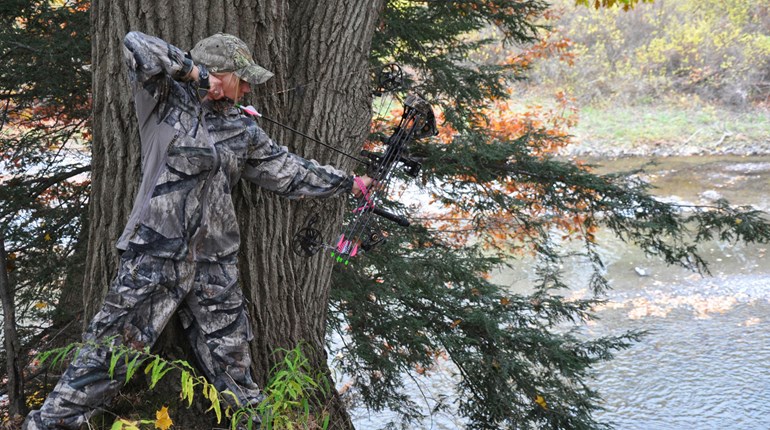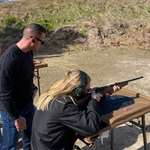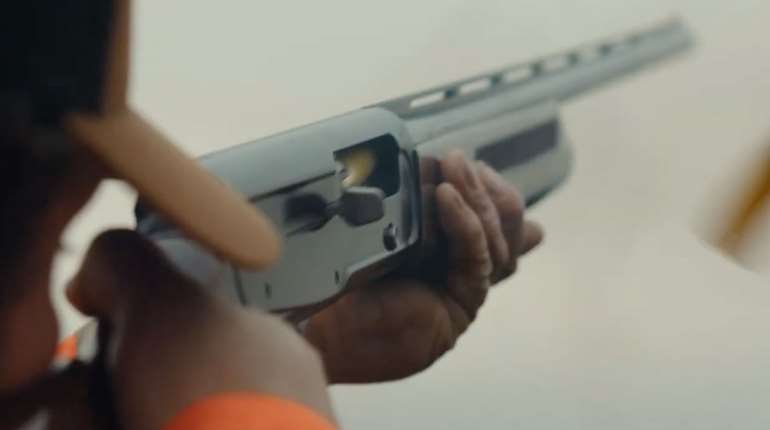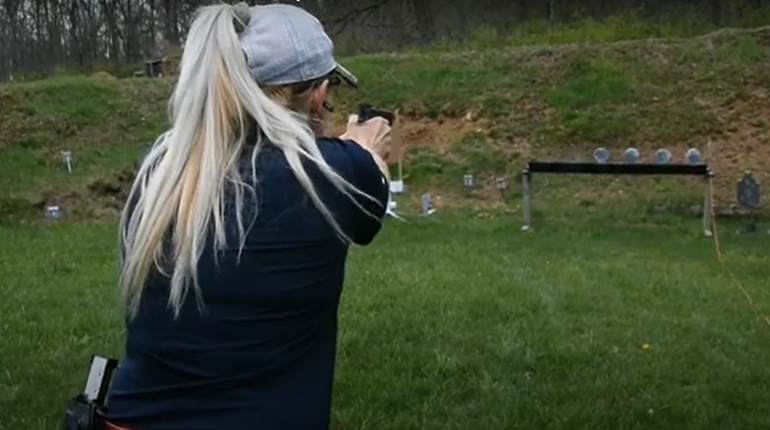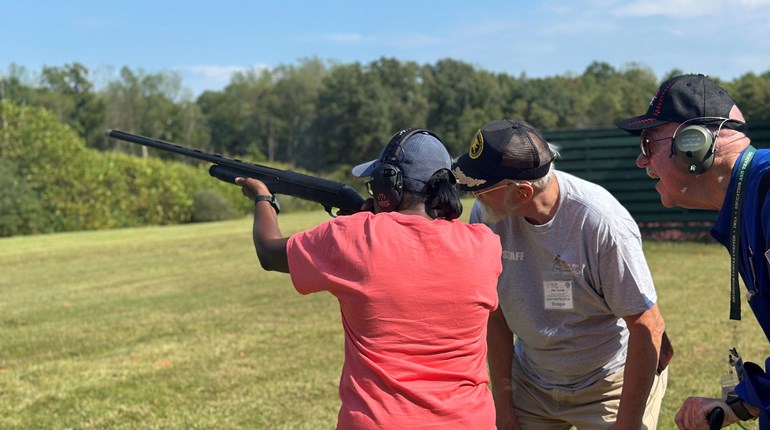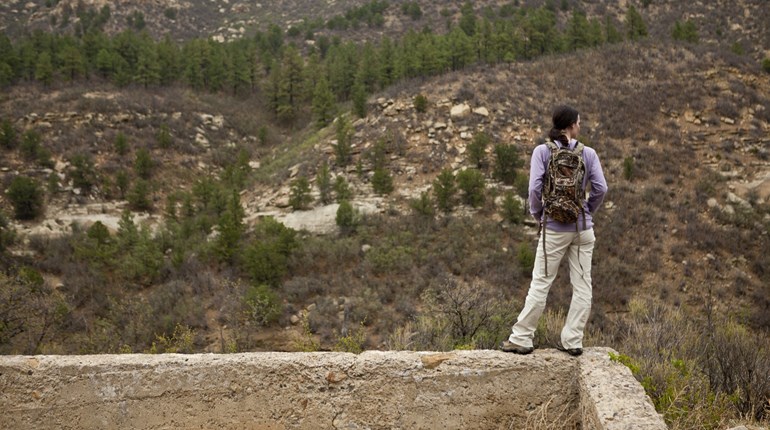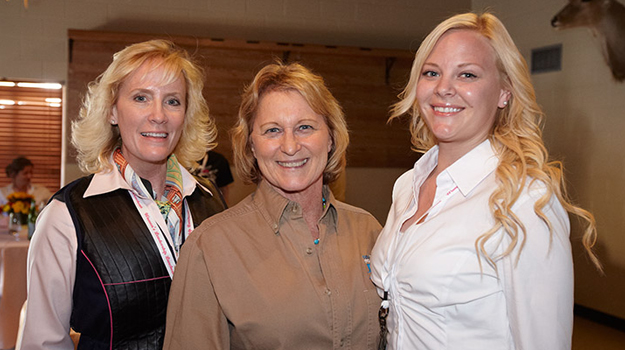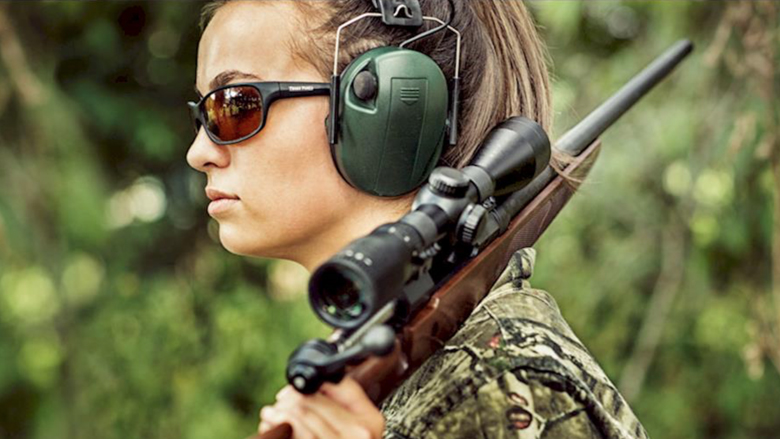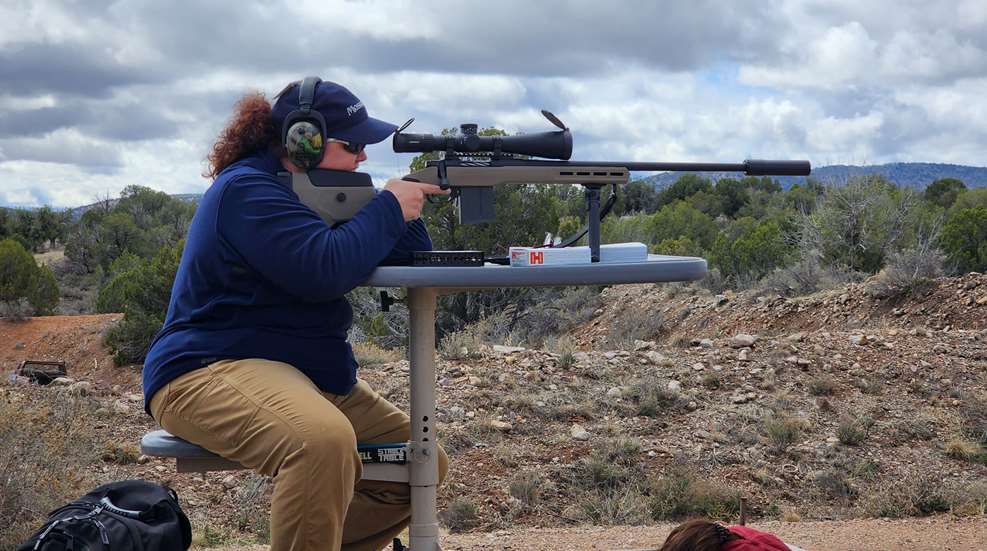
You’ve probably heard it before: “When you shoot a rifle, your bullet is going to initially rise and then travel in an arc.” The fact is that no matter how many people believe this, it simply isn’t true. Bullets don’t defy the laws of physics; gravity starts acting on a projectile the moment it leaves the muzzle, and the bullet begins falling toward the earth immediately, albeit imperceptibly at first.
That said, it’s easy to see why this misconception is so widely believed, and that’s because on a scoped rifle, the trajectory of the projectile as it relates to the line of sight of the scope does appear to be a rising and then falling arc.
Imagine if you were to draw a line straight out from the muzzle and a line straight out from the scope. If the gun and the scope were perfectly parallel to each other, the two lines would never cross, and you’d never hit what you were aiming at. We need the line of the scope’s sight and the line the bullet travels to intersect for the scope to be of any use. The point at which the two lines intersect is up to you when you’re sighting in the gun—100 yards is common. When the rifle is properly sighted in at this distance, the bullet will hit exactly where the crosshairs of the scope are aimed.
To achieve this, your scope and your rifle aren’t actually parallel, although it might look like they are. The gun is actually pointed up ever so slightly (or the scope is pointed down ever so slightly, depending on how you look at it) so that our two imaginary lines will eventually intersect at the point of our choosing. And because the gun is pointed ever so slightly upward, the bullet doesn’t leave the gun parallel to the earth—it travels in line with the barrel. It doesn’t rise above the line of the muzzle, but it does initially go up because it’s fired slightly up into the air.
This means that the trajectory of the bullet actually intersects the scope’s line of sight (imaginary line) in two places: once on the way up and once on the way down. It will cross the scope’s line of sight on the way up close to the muzzle, close enough that we don’t generally even worry about changing our hold for close-up shots. Then, as gravity acts on the bullet and it begins dropping to earth, the point at which it crosses the scope’s line of sight on the way back down is what you set when you sight in the rifle.
If you sight in at 100 yards, this is a pretty subtle arc. For example, I have a 6.5 Creedmoor rifle stored in my ballistics app, sighted in at 100 yards. When the bullet leaves the muzzle, it is 1.75 inches lower than the scope’s line of sight. It rises until it hits the scope’s line of sight at 76 yards, then only rises another 0.03 inches before coming back down to intersect the line of sight again at 99 yards. Then it continues to fall from there; at 174 yards, the bullet trajectory has fallen back to 1.77 inches below the scope’s line of sight. If you were to chart that drop on a line graph over 174 yards, you’d see it’s pretty subtle—not a big, tall arc. The arc gets more dramatic and the numbers change as you change the variables, like the chambering, the load, and the distance at which the gun is sighted in, but the principle is the same.
So you see, the bullet doesn’t magically rise above the line of the bore when you fire the gun. Rather, the gun is pointed ever so slightly up in the air in comparison with your scope, so that the trajectory the bullet is on is initially upward but begins to succumb to gravity immediately. If you could trace the bullet’s trajectory, it would indeed be an arc, but not because the bullet is defying gravity and rising. You’re simply pointing the gun up, whether you realize it or not.








